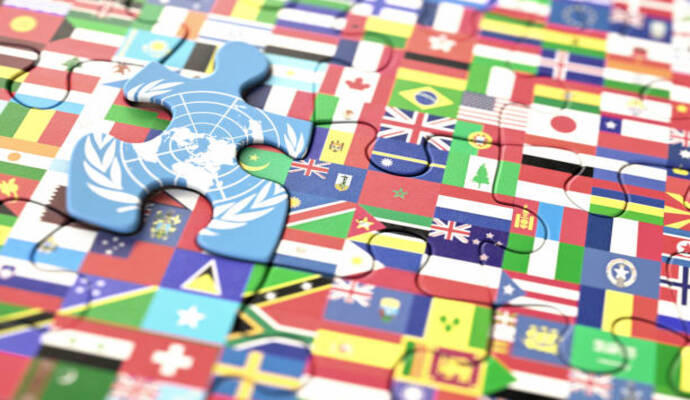A WHO Report Finds That 17.5% of People Experienced Infertility
A WHO report published earlier this week found that 17.5% of people worldwide experienced infertility between 1990 and 2021.

Source: Getty Images
- On April 3, 2023, the WHO published an Infertility Prevalence Estimates report analyzing global infertility rates between 1990 and 2021. Researchers determined that 17.5% — or one-sixth — of adults worldwide experienced infertility.
The WHO collected data from multiple databases and studies to evaluate infertility rates globally. According to the report, the organization hoped to meet two sustainable development goals: ensuring healthy lives to promote well-being and achieving gender equality to empower women and girls.
The researchers looked at 12,241 potentially relevant studies, narrowing them down to 133 through exclusion and inclusion criteria. The data looked at the lifetime prevalence of infertility and the period prevalence.
Data suggested that the global lifetime prevalence of infertility is 17.5%, one-sixth of the worldwide adult population. While the period prevalence of infertility between 1990 and 2021 is slightly lower at 12.6%.
Investigators also examined how rates differed based on regional data. The WHO divides the world into five distinct regions: Eastern Mediterranean, European, American, African, and Western Pacific.
The Western Pacific region had the highest incidence of lifetime infertility, at 23.2%. Comparatively, the lowest lifetime infertility prevalence was in the Eastern Mediterranean region, at 10.7%. The other areas, Africa, Europe, and the Americas, have a lifetime infertility prevalence of 13.1%, 16.5%, and 20.0%, respectively.
Looking at period infertility prevalence, the Eastern Mediterranean region also had the lowest infertility prevalence, at 10%. Period infertility prevalence in the Americas, European, Western Pacific, and African regions were 10.4%, 12.4%, 13%, and 16.4%, respectively.
Although many people believe that infertility may be tied to income, data collected by the WHO suggested that high-income countries and low-or-middle-income countries had similar rates of period and lifetime infertility.
Despite gathering data from many studies, the WHO acknowledges limitations to these conclusions. For example, the measurements and methods used to analyze infertility varied across the studies, potentially providing inconsistent results.
Based on the results of this data, the WHO suggests that infertility research needs to develop a standard set of rules for estimating infertility prevalence, approaching data collection, reporting estimates, and comparing data.
"Millions of people face catastrophic healthcare costs after seeking treatment for infertility, making this a major equity issue and, all too often, a medical poverty trap for those affected,” said Pascale Allotey, PhD, Director of Sexual and Reproductive Health and Research at WHO, including the United Nations Special Program of Research, Development and Research Training in Human Reproduction (HRP), in the press release. “Better policies and public financing can significantly improve access to treatment and protect poorer households from falling into poverty as a result.”
